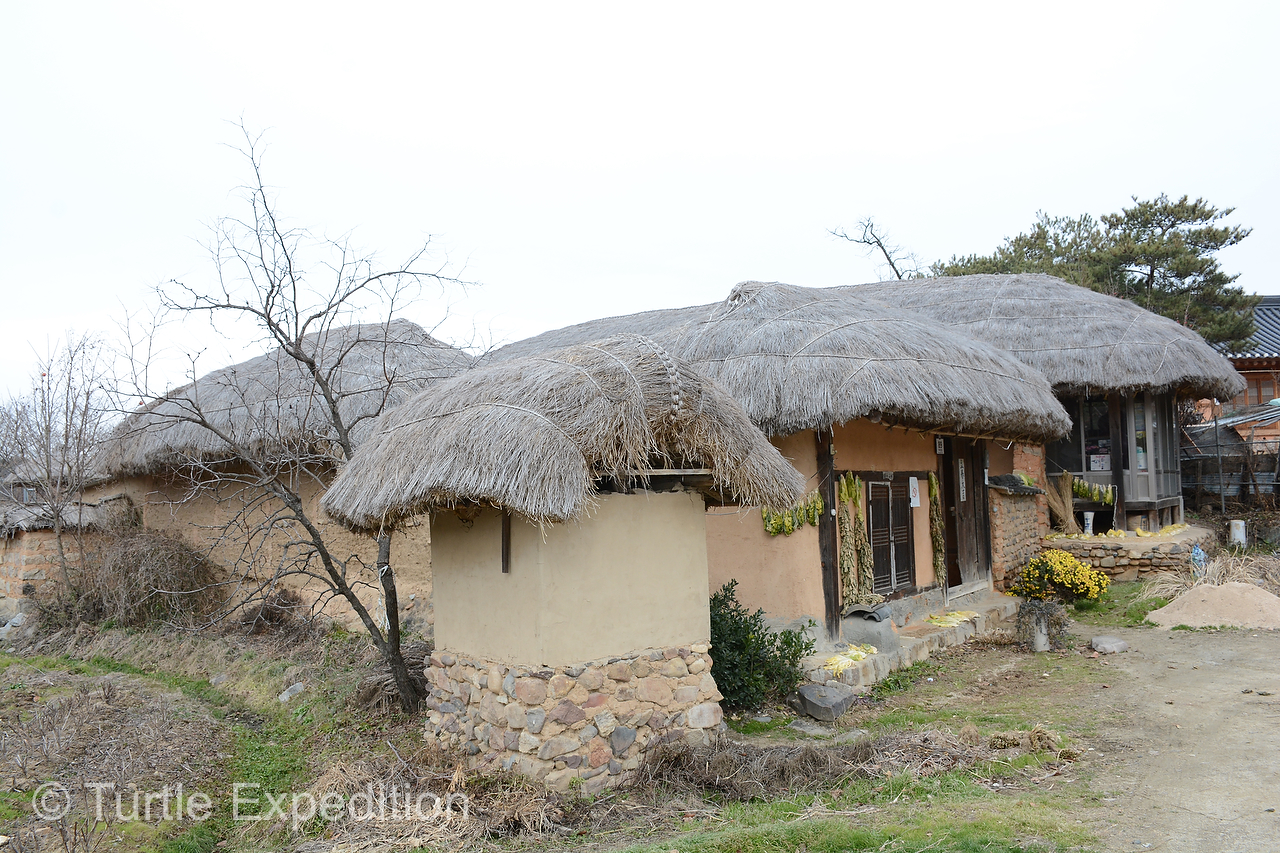Hay Roofs In South Korea

Roofs and tiles of traditonal korean housing in the bukchon hanok village in seoul south korea.
Hay roofs in south korea. The immediate topography of buildings was also important as architects. United states is the dominant supplier of imported hay product to korea. Following an international architecture competition snøhetta has been selected to complete cheongju s new city hall in south korea. What was a sharply curving chinese roof was modified in korea into a gently.
Snøhetta together with local partner tomoon architects and engineers have been selected to design a new city hall in cheongju south korea in an international architecture competition. Snøhetta and tomoon architects and engineers design was praised as excellent work due to its down to earth attitude befitting of the city s autonomous status. It is a strong material that will last for ten years after covering the roof with eulalia once. The architecture of ancient korea is epitomised by the artful combination of wood and stone to create elegant and spacious multi roomed structures characterised by clay tile roofing enclosures within protective walls interior courtyards and gardens and the whole placed upon a raised platform typically of packed earth.
We are iso9001 certified ul classified ks mark acquired company and one the leading manufacturers lightweight stone coated steel roofing tiles in world today our roofing products featured great coating layers galvalume. Traditional korean brick wall and black ceramic roof seoul south korea. The straw rope twisted with eulalia is not only strong and elastic but also good for waterproofing. The eulalia leaf is good for waterproofing and durability.
Korean architecture the built structures of korea and their context. Like the other arts of korea architecture is characterized by naturalistic tendencies simplicity economy of shape and the avoidance of extremes. Traditional korean building at. Korea has ten kinds of eulalia.
South korea s longest monsoon on record was 49 days in 2013 however current forecasts predict that this year s may last longer. Located 128 kilometers 80 miles away from seoul cheongju. Looking out over the traditional korean style roof tops of bukchon hanok village in seoul south korea. Korea s imports of hay product totaled 332 million in 2012 up 10 4 percent from the previous year.
















































